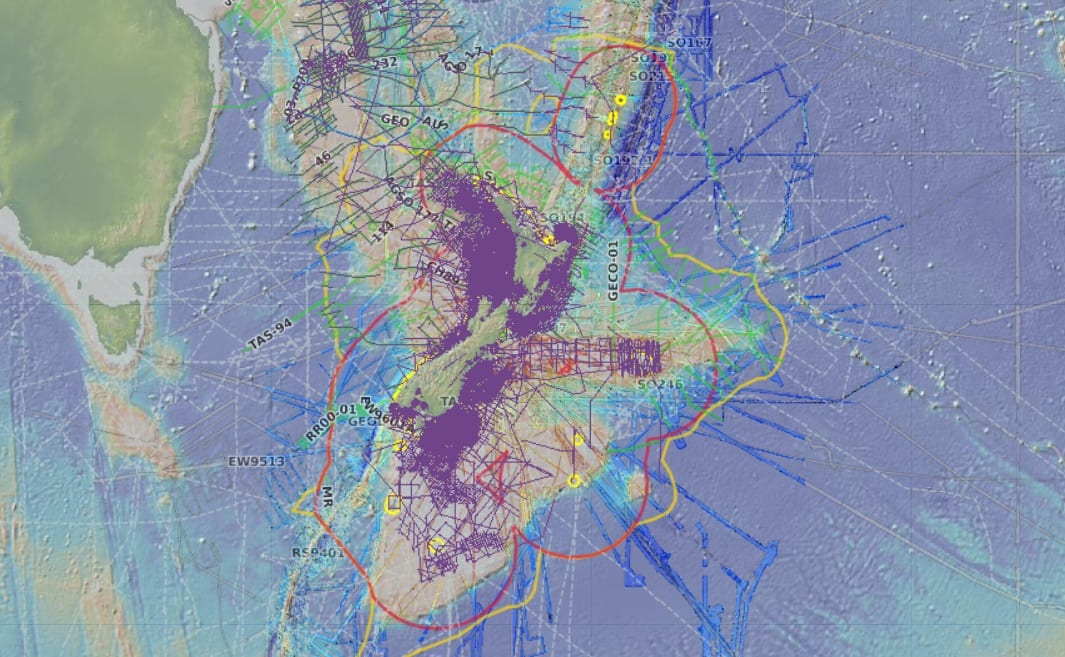A new interactive map of the lost continent of Zealandia has been produced – see www.heritagedaily.com/2020/06/new-interactive-map-reveals-the-lost-conti… … the map allows viewers to explore the geoscience data that shows the bathymetry and tectonic origins of the earth's eighth continent. It is a largfe area of submerged continental crust that became submerged around 23 million years ago, it is said. It rises between a 1000 to 1500 m above the sea floor and stretches from latitude 19 degrees south (north of New Caledonia) to 56 degrees south (south of New Zealand's subantarctic islands) …
 …
…
At www.heritagedaily.com/2020/06/new-research-reveals-how-water-is-the-deep… … new research reveals how water in the deep earth triggers earthquakes and tsunami waves. A new study in the journal Nature claims to have found conclusive evidence linking deep earth's water cycle with magmatic productivity and earthquake activity. Other volatiles are also invoked is the claim, such as sulphur.
The research involves subduction zones and water is targeted by the subduction process we are told. As plates journey from mid ocean ridges, in this instance the Atlantic mid ocean ridge which is the only prominent one out there, and a main crutch of the plate tectonics theory, sea water enters the rocks via cracks and faults. At the subduction zone the plates heat up and squash the rocks, or ocean floor basalt, squeezing out the water. Sounds like the rocks are a sort of sponge. As water is released it lowers the melting point of the surrounding rocks and generates magma (melted rock). The magma moves upwards to create eruptions we are told and the same process can trigger earthquakes. A modelling exercise it would seem that ignores a lot of other possibilities. The idea is to support mainstream plate tectonics one might wonder rather than indulge the imagination. However, they are explicit in saying there is conclusive evidence that directly links water in and water out points of the cycle at the same time as the appearance of magma (in their models).
